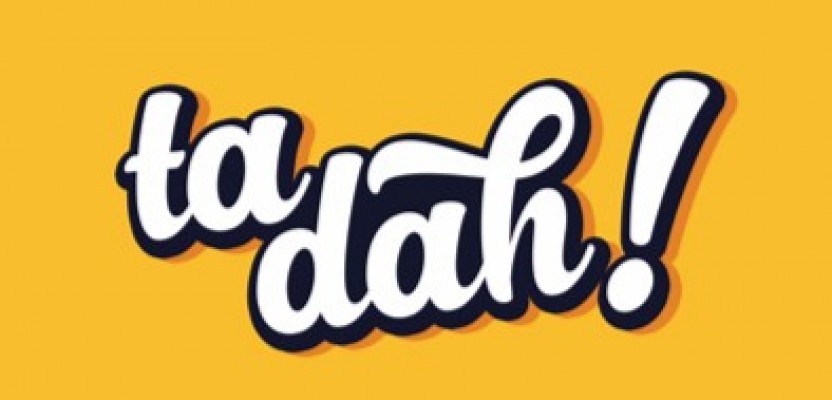So you’ve got your kick-ass CV in front of someone, they love it, now what?
In our industry, it’s work samples. Ultimately these are what’ll get you sat in front of someone for an interview. Lots of designers have their own websites, that’s great, but actually, I think a small PDF of work, fronted by your CV, is still the best way to get the conversation started.
Everything is there in one place, no clicking required so less opportunity to be distracted.
Work on two sets though. A condensed version that your CV fronts — typically a 5–10 sheet PDF of your very best, most relevant work — a sort of snapshot of what you’re about — and an extended version that goes into more detail that you can use at an interview.
With your condensed version concentrate on what packs the most punch. Remember, we’re dangling carrots here, inviting the viewer to spend a bit more time with us at each stage. Show work that’s actually run and chimes with your viewers' client base and try to avoid too many extreme close-ups or cutesy logos for your Mum’s mate the mobile hairdresser. As delightful as some personal projects are this is not the place for them.
“if in doubt, leave it out!”
Your extended portfolio is where you can go into finer detail and offer up some more unusual pieces. You should have the luxury of time here — well, at least a bit more than before — so make the most of it. That being said, don’t be tempted into showing work that’s old and/or below par — your viewer won’t know that, so if in doubt, leave it out and only show projects you’re proud of and happy to be judged by.
In terms of how to structure your portfolio, If the aim is to get hired, remember that hiring someone is always a box-ticking exercise. Putting your very best, commercial work at the front and centre should help you cover all the core things your hirer is looking for as early possible (concept, layout, typography etc). Once you’ve done that, you can use the second part of your portfolio to show off some added extras, the quirkier pieces that’ll get across what you bring to the party that others may not.
As designers we’re really lucky; CV’s and portfolios give us a chance to shine before we even walk through the door so it’s well worth spending the time putting them together.
Interviews still have to be negotiated though so I’ll give you a few tips and tricks on how to make the best of them in my next post.






